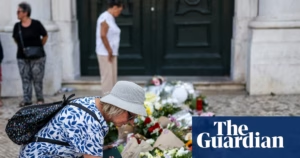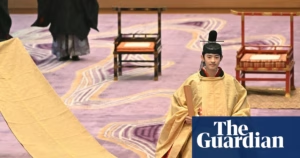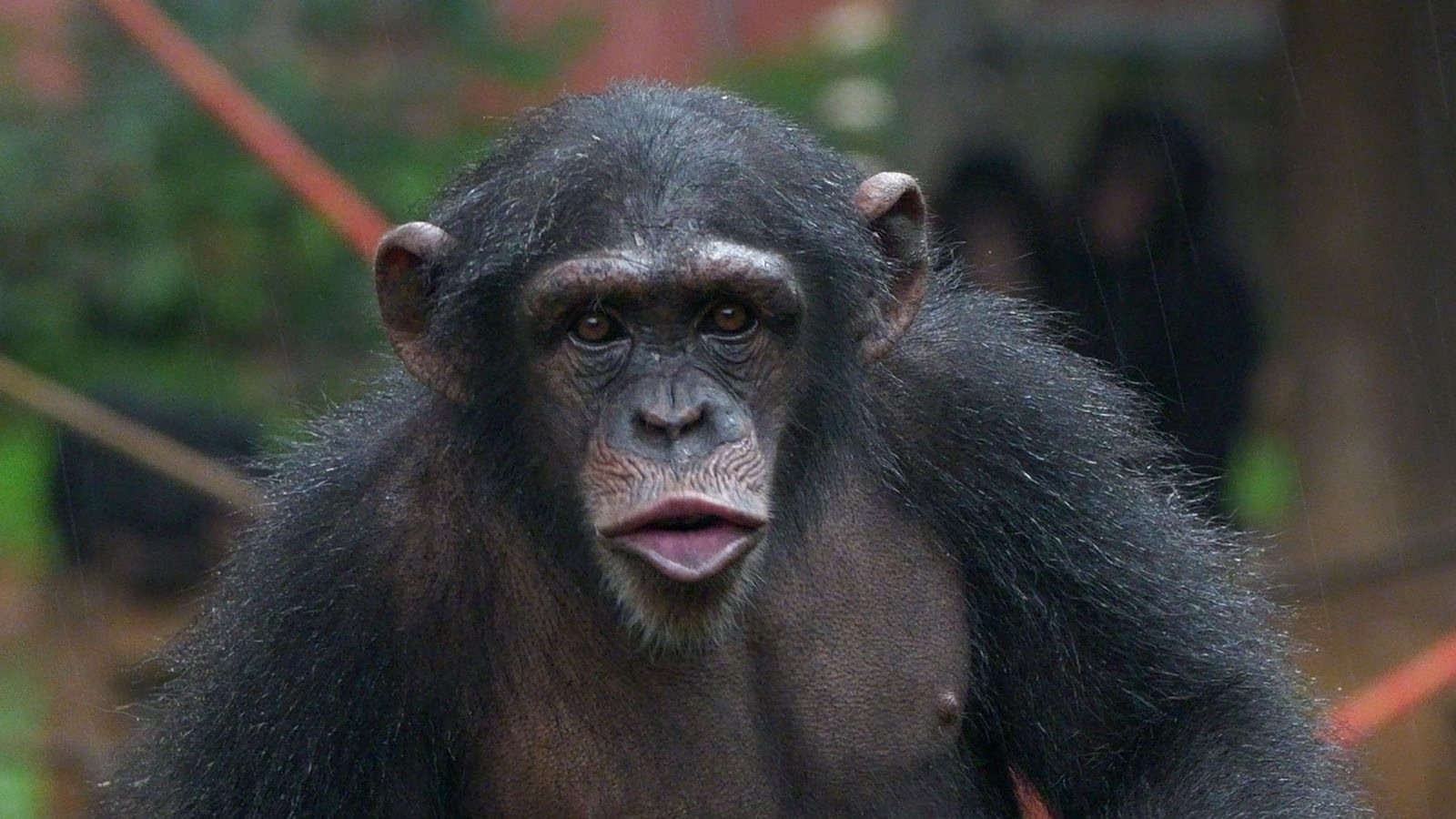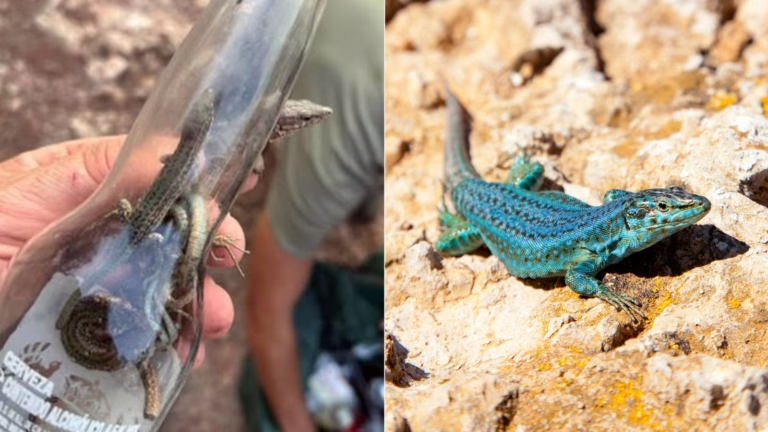A distinct moment envelops our car with tranquillity as we ascend the Tacugama Chimpanzee Sanctuary on the mountain.
The buzz of Freetown fades into the calm of pristine rainforest, dedicated to critically endangered western chimpanzees rescued across Sierra Leone.
The quiet is essential. These bright primates – closely related to humans in the animal kingdom – are easily disturbed, with Tacugama’s residents being particularly sensitive.
Over 120 chimpanzees find refuge here, survivors of mistreatment, hunting, and violent separation from their families.
They now face another existential threat. Encroachment is encroaching upon the edges of the sanctuary. Despite wildlife laws, forest land is cleared for houses ever closer to chimp enclosures.
“We’ve issued several warnings over the last year,” says Tacugama founder Bala Amarasekaran. “Four months ago – again – we warned. Then we had presidential intervention say some of this encroachment would stop. It started well for the first month, then everything stopped again and we are back at square one. So, we are very tired and very stressed.”
Thirty years ago, Mr Amarasekaran appealed to the government to donate land and partner with him to create a sanctuary for the protection of the abused orphaned chimps he was finding across Freetown. Today, land in the Western Area Forest Reserve is being seized under the government’s nose.
“The government has been very good helping us in every way – however we expect the leadership to be more firm,” says Mr Amarasekaran.
“When we talk to them, they are all with us. They all want to help. But when it comes to action, it looks like some departments that have the mandate to institute certain laws and take the necessary law enforcement action are not acting.”
Sanctuary closes its doors to focus on conservation, rehabilitation and research
Tacugama has grown to become Sierra Leone’s most popular tourist attraction over the last three decades. But in a stand against the encroaching threat, the sanctuary has closed its doors to visitors to solely focus on conservation, rehabilitation, and research.
“It is not a tourist attraction – we made it become a tourist attraction. It is supposed to be an orphanage for rescued chimpanzees,” Mr Amarasekaran says.
“They are used to us and some visitors but they will start to see strangers come and that is where the problems start. They are not comfortable with strangers – don’t forget it is the stranger who killed their mother. It is the stranger that wiped out their group.”
‘A complex problem’
Sierra Leone’s government spokesperson and minister of information and civic education, Chernor Bah, responded to questions about the encroachment: “It is a complex problem. You have a city that is growing. People need places to stay, and we have not done the best job in terms of enforcing all these limitations,” he said. “Some of our agents seem to have been complicit in allocating and giving people land in places they are not supposed to stay. So, I don’t think I can sit here and say we have done enough – there is much more we can do.” “[Tacugama] is probably our most cherished and significant wildlife asset in the country.”
A national symbol for tourism
In 2019, the government designated the western chimpanzee as the national animal and national symbol for tourism. The image of a chimp now graces Sierra Leonean passports, a result of Tacugama’s advocacy that Mr Amarasekaran and his team hope will establish a love and respect for chimps that may reduce the need for intervention.
“We wanted something more – that is how the national animal bill came through,” says Mr Amarasekaran.
“We thought if the agencies that are mandated to perform law enforcement actions are not active and effective, then maybe we need to create a bond between the people and the animals.”
Chimpanzees hunted for bushmeat
Despite conservation efforts, chimpanzees are still hunted as bushmeat for food across Sierra Leone, and baby chimps are being torn from their families to be kept as pets. Tacugama’s latest rescue is an eight-month-old.
Baby Asana is frail with thinning hair and is being nursed back to health by his adoptive chimp mother, Mama P, when we meet him. He was rescued following a video showing Asana wearing human clothes and being mistreated as a pet in Bo, Sierra Leone’s second-largest city.
“For me as the founder of the sanctuary, I feel defeated,” says Mr Amarasekaran with Asana under care.
“These chimps shouldn’t be arriving here if we have done enough work outside – there shouldn’t be any killings, there shouldn’t be any rescues. That is the time when I can say that I achieved something.”
Research from the Jane Goodall Institute indicates that for every surviving rescued chimpanzee, five to 10 chimps die. With the sanctuary closed, crucial public advocacy work will be drastically affected.
‘Until I came to the sanctuary, I didn’t see a chimpanzee’
“I’m really concerned because I only even started to experience chimpanzees when I started working here. I knew that we had chimps here. But until I came to the sanctuary, I didn’t see a chimpanzee,” says 25-year-old Tacugama communications officer, Sidikie Bayoh.
“Now, we are at a situation where we are closed indefinitely, but what if this becomes something where we can never open the sanctuary again for people to visit? Then, you will have all these young Sierra Leoneans never fully understanding what their national animal is.”
The closure also means there will be no revenue from visitors at a time when USAID funding has ceased.
“In the absence of funding from – currently – the US government, it will be difficult for us to turn things around quickly,” says Mr Amarasekaran.
He then shrugs, smiles knowingly, and adds: “We are very resilient – we are like chimpanzees. So, we will manage somehow.”
















